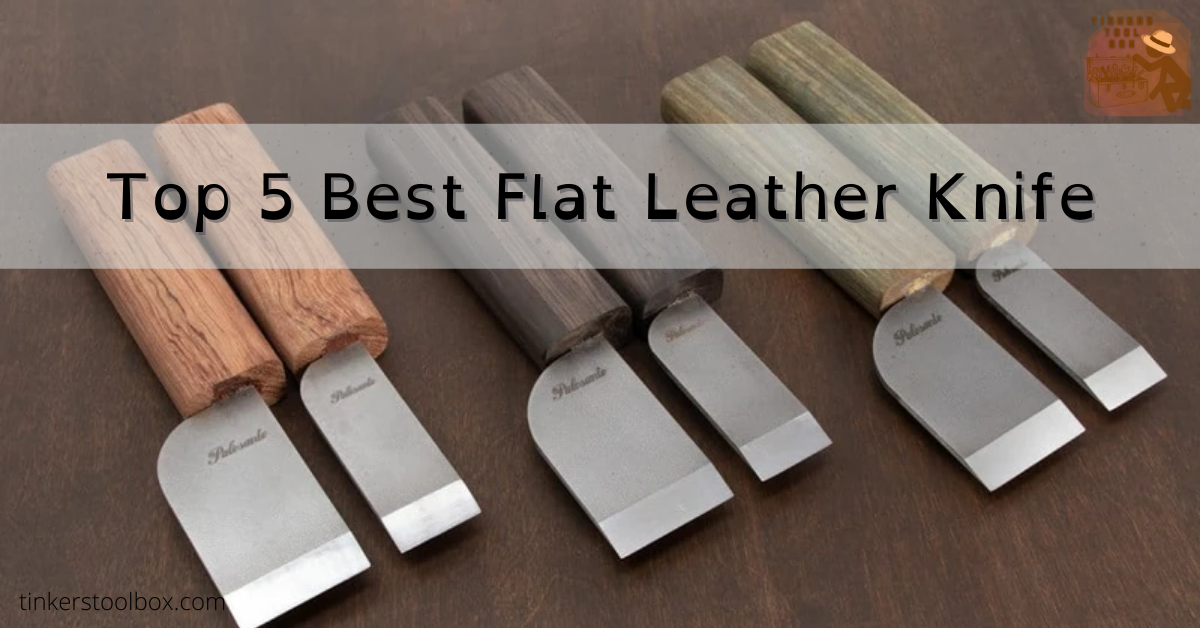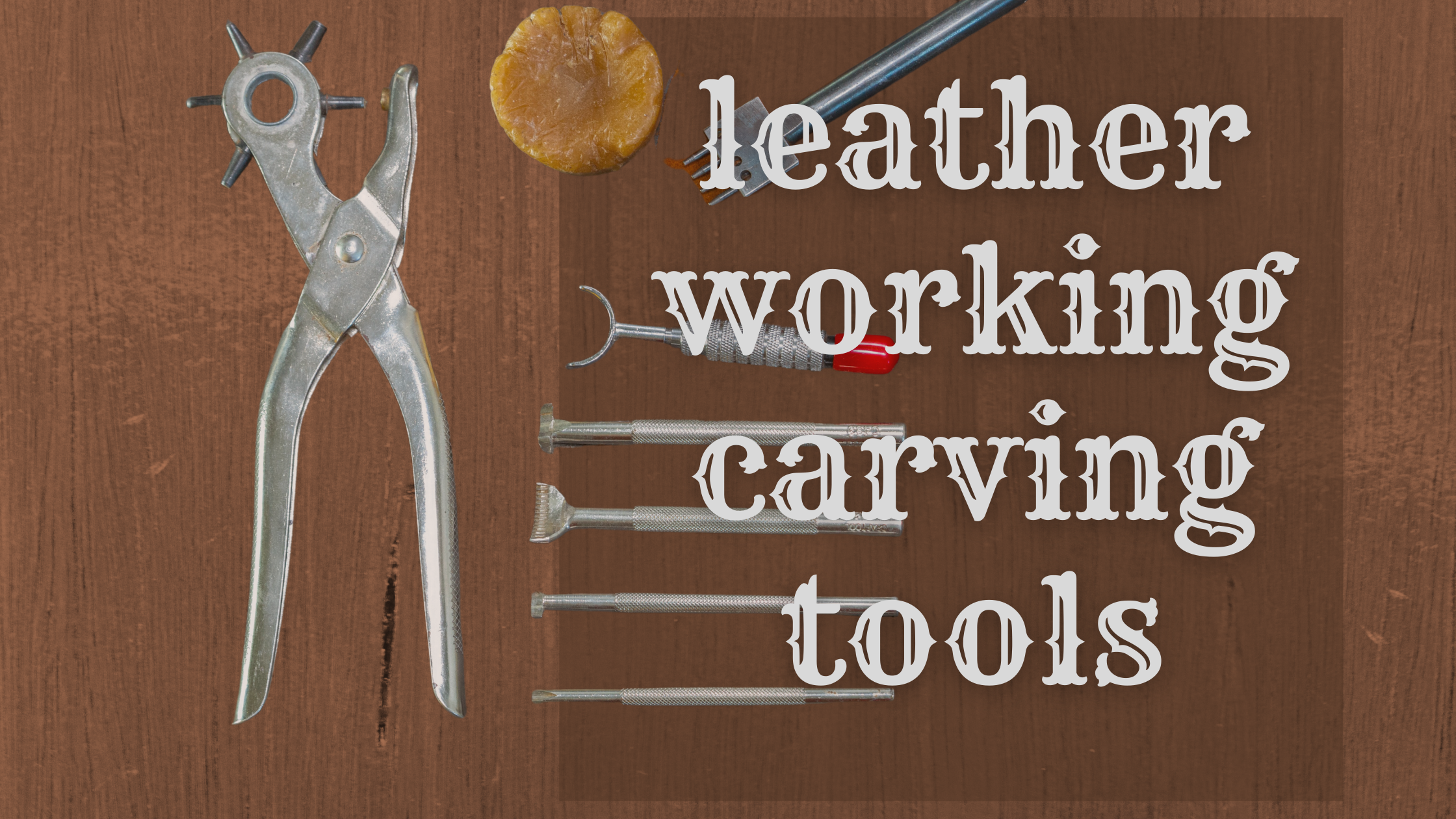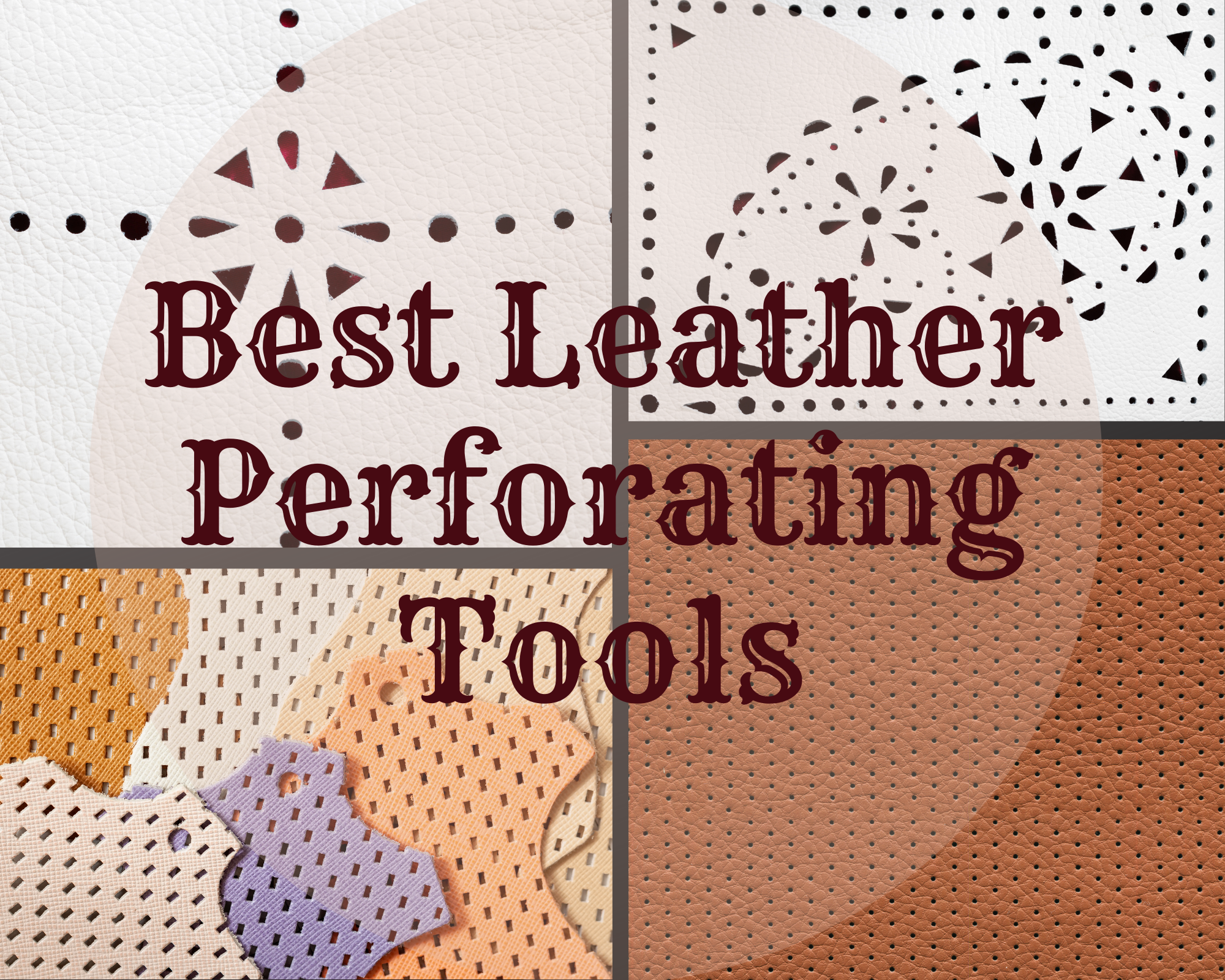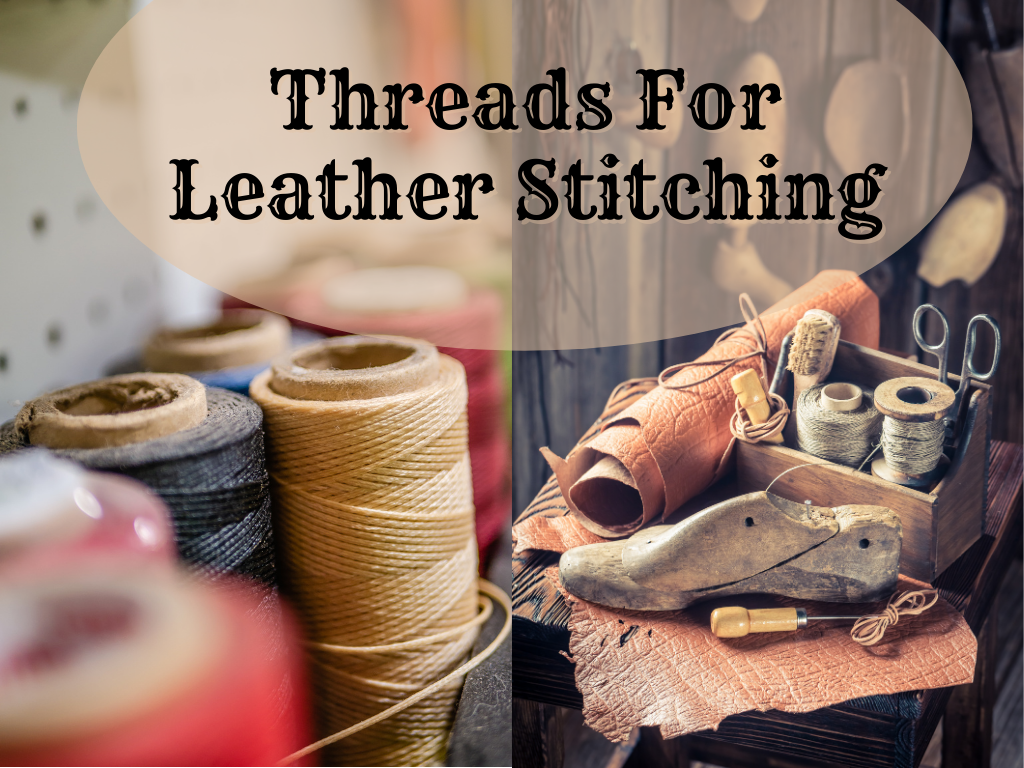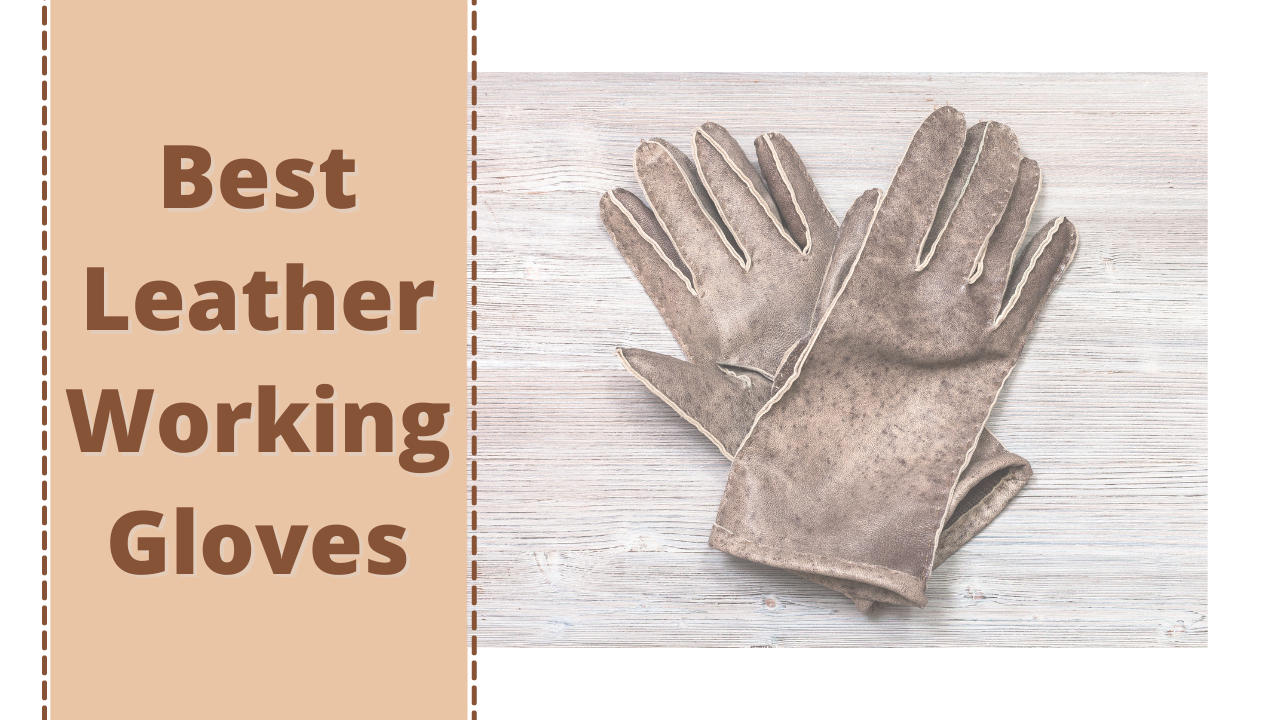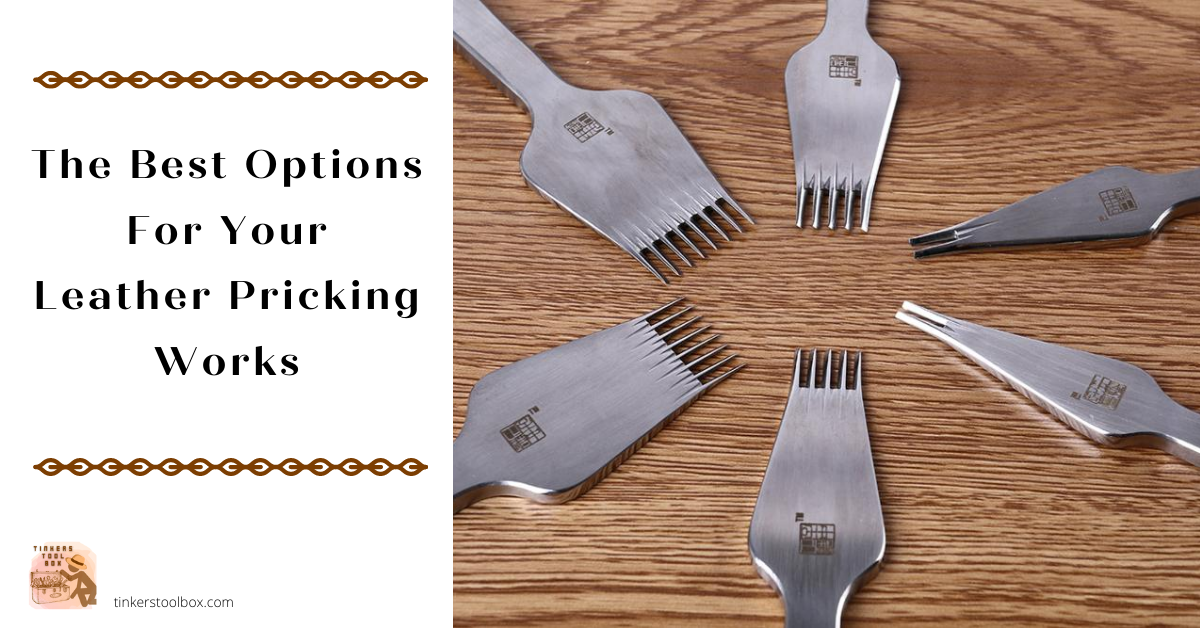Knives are one of the most essential tools in your leather-working project. There are different types for different purposes, but the most important thing you should always check is the sharpness of the knife. A sharp knife is ideal for clean and even cuts, whether you are dividing the leather material or simply marking them for design purposes. In this article, I’m going to be sharing my top five choices of the best flat leather knife for all your leather-working projects. I will be giving one best brand example per category: Skiving Knives, Paring Knives, Utility Knives, Craft Knives, and Bevel Point Knives.
I have mentioned that the common denominator that you should be looking for is the knife’s sharpness, although there are other factors to consider. Keep in mind the requirements of the different leather projects you will be doing as well as your current skill level in leather-working as you choose a knife based on the following: their ideal size, weight, blade thickness, and handle type. I will tell you all of that here, plus the pros and cons and aftercare of each knife recommendation, so read on!
Skiving Knives: Get Banyour’s Leather Knife
The flat, spatula-looking sharp blade is perfect for skiving because it can cleanly cut in a straight line, even through thick pieces of leather. Skiving refers to the process of removing the thickness of leather. This is usually done on areas that will be folded and to make design improvements on your project as it shaves off thin layers and evens out the surface of your leather material.
Check your leather wallet closely or belt buckle areas to see what skiving can produce on your leather item. This Banyour brand leather knife is affordable, making it a great beginner’s tool. It is also easy to sharpen, making it the most ideal for skiving and edging.
However, there are a few things you might not be a fan of. This includes the cheap wood material used for the handle and the potential discomfort you might feel from the handle’s roundness. Also, depending on your usage, the blade may tend to dull out quickly, so you will need to sharpen it frequently.
This is a Japanese-style budget leather knife with a stainless steel blade and a wooden handle, weighing 3.2 ounces with the size dimensions of 3.9 x 0.25 x 0.25 inches. It is currently priced at $11.99.
Aftercare Tips
Prepare a strip of sandpaper and place it tightly on a flat surface, like a marble table. Sprinkle a bit of water on the paper, then hold the knife at about a 15-degree angle, with the cutting edge side against the sandpaper. Apply a bit of pressure and assist the direction as you sharpen the blade by putting one hand on the blade’s spine. Begin the sharpening process by doing the front to back motion repeatedly.
You may also opt for using a whetstone if you have it to lessen the preparation work of blade maintenance. Once you’re done with sharpening the blade, make sure to keep your knife properly stored to prevent rusting and other forms of damage.
Paring Knives: Choose the J Hewit & Sons Ltd. English Paring Knife
Paring is very similar to peeling fruit skin, making sure to cut it off neatly to reveal the fruit content. In leather-working, paring knives are mostly used for bookbinding, where you trim the edges so the edges and corners will lay flat and help you close the book properly.
I recommend this brand of paring knives because it has carbon steel blades which means it’s quite wear-resistant where you don’t have to take a lot of time in sharpening it. This brand also comes with two versions that can accommodate your dominant crafting hand. With its durability, comfort, and affordable price, I say that this is one of those knives you should get if you are still starting out with leather-working.
I have to warn you though, that this comes with no handle, so you need to make your own. It shouldn’t be a problem since you can quickly wrap a piece of leather around it, and you’re set! However, even if it is one of those most beginner-friendly leather-working knives around, it has a specialized purpose, so it is only ideal to have when you have a specific project that requires a paring knife.
This English paring knife comes in two versions: left-handed and right-handed. The flat, angled blade is made of carbon steel and is about 10cm long. Each version is priced at $8.73 on their website, inclusive of VAT.
Aftercare Tips
Prepare a cloth-backed emery paper or emery tape. You may also use sandpaper as an alternative. Use an adhesive to tape it securely to a flat surface. Place the blade flat on one side, applying pressure by putting one hand on the blade’s cheek. Proceed to move the blade back and forth against the emery paper to sharpen both sides, making it look as if you are flipping it horizontally. It’s best to use a glove when you’re doing this to prevent injury.
You may also use a whetstone if you have it. Once you’re done sharpening it, keep it properly stored, either in a designated drawer or within a leather sheath.
Utility Knives: Invest in the OLFA 1071858 XH-1 25mm Fiberglass Rubber Grip EHD Utility Knife
When it comes to utility knives, this brand is my favorite because it can be used for materials other than leather, such as rubber and fiberglass, and you don’t need to apply a lot of pressure to make the cuts! It also features an automatic blade lock and a chemical-resistant handle.
I would say that despite its winning qualities, it is not completely perfect because it’s not ideal to use when you’re cutting curves and the wheel or rotary lock can easily break depending on how you use it.
This all-around knife comes with a razor-sharp stainless steel black-colored blade and a fiberglass rubber grip, which makes it ideal for heavy-duty cutting. It has the size dimensions of 3.76 x 1 x 8.75 inches and weighs 4.2 ounces. Its current listed price is $15.69.
Aftercare Tips
Be careful not to let any debris lodge itself in the way of the lock because it might cause damage and potentially injure you. After every use, give it a quick rinse and sanitize with alcohol or create an equal parts water and rubbing alcohol solution spray to disinfect your blade. As for the handle, keep it properly stored and avoid exposing it to extremely hot or cold temperatures.
One last important tip is to always use a self-healing mat when cutting with a utility knife to prevent the blade from dulling easily and prevent marks on your working desk!
Craft Knives: You Can’t Go Wrong with the X-Acto #1 Precision Knife
Some things you can do with a craft knife are creating marks for design purposes and carving out your name on a piece of leather!
This X-Acto knife features an easy change blade system that’s compatible with X-Acto blade #s 10, 12, 13, 16, and 17. This is lightweight, affordable, and is easily found in most craft stores! It can also be quite multipurpose, where you can draw lines and curves with it.
The cons about this brand are that some buyers have reported that the blade tip easily snaps off, and the safety cap seems too loose so you might have to create an alternative cover for the blade. However, I have not experienced any of those myself so I cannot really say that I share the same experience, but I’m just laying it out for you anyway to help you in your decision-making.
This craft knife that looks like a pen is made of a non-retractable carbon steel blade and an aluminum handle. It’s pretty travel-sized, weighing 0.8 ounces and sized at 0.3 x 2.5 x 9 inches. It’s one of the essential multipurpose craft cutting tools and quite affordable as it is priced at $5.93 on Amazon. The X-Acto #1 Precision Knife is best used for general precision cutting on various light materials aside from thin leather.
Aftercare Tips
Use a microfiber cloth to remove any sticking debris on the blade before and after every use. To sharpen the blade, you just need to lay it flat on a whetting stone and swipe it back and forth until it has reached the sharpness you’re looking for. You may also use a whetstone if you have it or use leather to smooth out any minuscule abrasions. Lastly, keep them properly stored.
Bevel Point Knives: Buy the C.S. Osborne Bevel Point Knife
The great thing about this brand is that its blade is double-beveled, making it more durable due to its thickness. With that, it will be less likely to chip off if you cut against a more rigid material. In addition, this is also quite versatile to use.
However, the blade is not as sharp compared to single-beveled blades, so you might spend a little more time sharpening it. It is also less prone to creating precise cuts compared to single-beveled blades. This is neither a bad thing nor a good thing because it really depends on what leather project you are making!
This knife comes with a bevel blade, meaning there are two angles that merge to create the edge, helping you determine the depth and direction of your cut. With that, this bevel point knife is ideal for skiving and trimming the edges of your leather project. This cutting tool from C.S. Osborne comes with a three-inch blade and a lacquered hardwood handle, priced at $12.60 on Weaver Leather Supply’s website.
Aftercare Tips
The blade’s double-bevel feature contributes to its thickness and durability but sacrifices a little bit of the sharpness. With that, you need to spend time sharpening it on a whetstone. Other options you can do include: buying and using a stropping board, using a jeweler’s rouge on leather to create your own strop, or using a sharpening stone with a side of aluminum oxide.
Don’t forget to disinfect and store properly after every use!
Conclusion
Leather-working is an intricate craft where it is best to have the essential tools at hand to help you complete a project beautifully. I have recommended my top five flat leather knives for different purposes, focusing on affordability, durability, and ability to get the job done. If you’re starting out, I suggest you get the knives that are a bit more multipurpose than the others, then work your way up as you familiarize yourself with every mark and design you want to do. Before you know it, you will have a complete set of leather cutting tools in your drawer! Lastly, I just want to reemphasize the need to disinfect all of your tools, and not just your knife, to ensure your own safety against the COVID pandemic. Stay safe and have fun with leatherwork!
